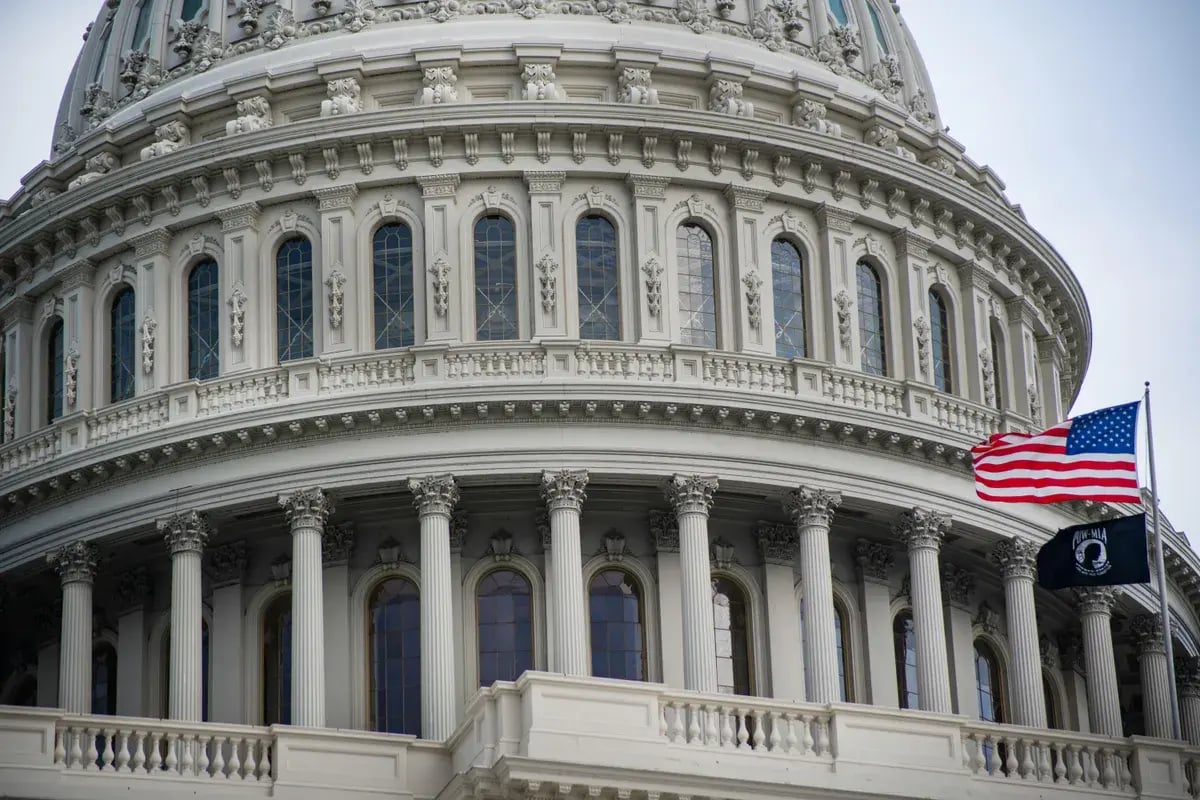
Cutting out the Middleman: Why GSA’s “One Gov” Strategy Matters for Government Tech
This week, I came across a blog post that genuinely caught my attention—a rare find in the world of government procurement. The post, authored by Lawrence Hale on the GSA (General Services Administration) website, outlines a "One Gov" strategy aimed at unifying how the federal government purchases software. While I’ve never met Lawrence, I admire the vision he’s promoting—and here’s why it matters to everyone selling into the public sector, from federal agencies to city governments.
The Current State of Government Tech Purchasing
If you’ve ever sold technology to government entities, you know the process is anything but straightforward. You engage directly with your end customer—maybe even demo your product or run a pilot—but when it’s time to sign the contract, you're often asked: “Are you on any existing contracts we can purchase from?”
This question opens the door to a web of GSA schedules, statewide contracts, and national purchasing cooperatives like Sourcewell, OMNIA Partners, and NASPO ValuePoint. These agreements are designed to streamline procurement, but they also add layers of complexity—and cost—for tech vendors.
The Hidden Cost of Middlemen
For most tech companies, especially startups and smaller vendors, the direct contracts needed to sell to governments are out of reach. That’s where resellers and contract aggregators come in. For small and medium sized companies, you have to rely on resellers that already list products, such as Carahsoft, CDW, Insight, or SHI.
You might quote your product to a city for $100, but by the time it passes through multiple layers of resellers and cooperative contract holders, the actual sale may leave you with significantly less—sometimes 50% or more of the transaction gets eaten up by these middle layers.
This creates a huge barrier to entry for innovative companies and inflates costs for government buyers.
Why the GSA’s Move Is a Big Deal
That’s why this new "One Gov" strategy is so promising. By streamlining procurement and reducing reliance on resellers, GSA is aiming to connect agencies directly with original technology providers—the builders, the engineers, the founders.
It’s a bold move that could:
Lower costs for governments
Open doors for smaller, more innovative vendors
Simplify a notoriously convoluted procurement process
If successful, this approach could reshape how software is purchased at the federal level—and hopefully, set a precedent for state and local governments to follow. What Comes Next?
Will this model scale? Will other agencies and levels of government adopt a similar strategy?
Only time will tell—but one thing is clear: anything that helps government buyers cut through the red tape and connect directly with real innovators is a step in the right direction.
At Marketplace.city, we’re excited to see how this develops—and how it might help further our mission of making technology procurement smarter and more accessible across the public sector.
If you're a tech provider looking to better navigate government procurement—or a government agency ready to cut through the noise—get in touch with us today and see how we can help.


